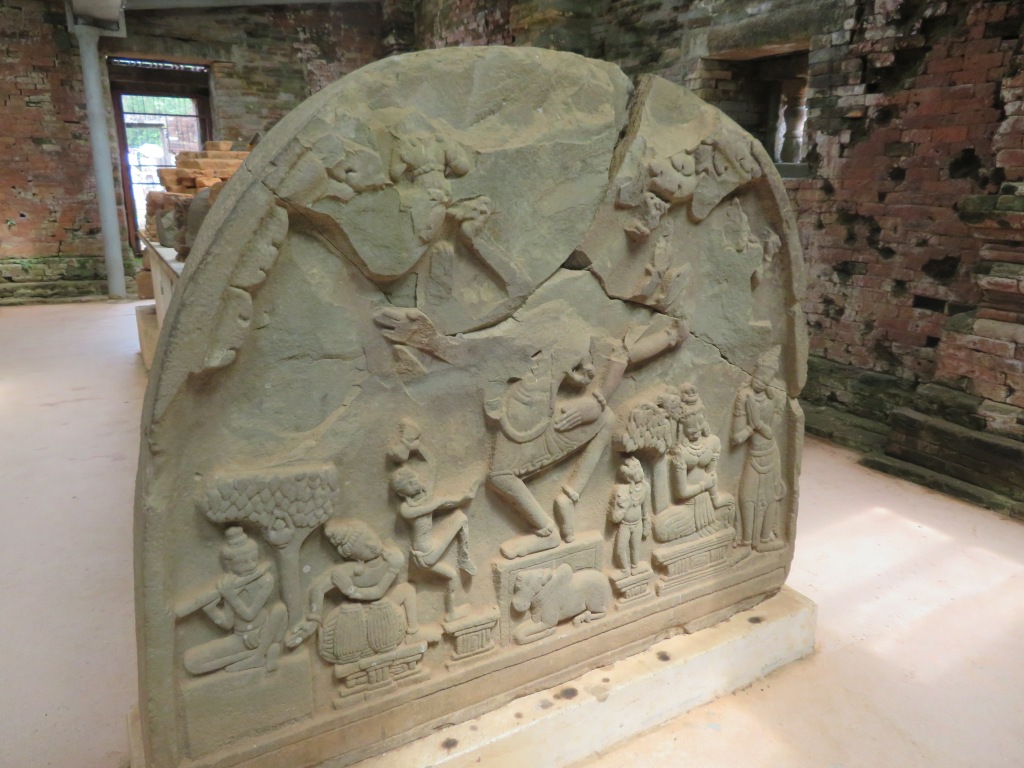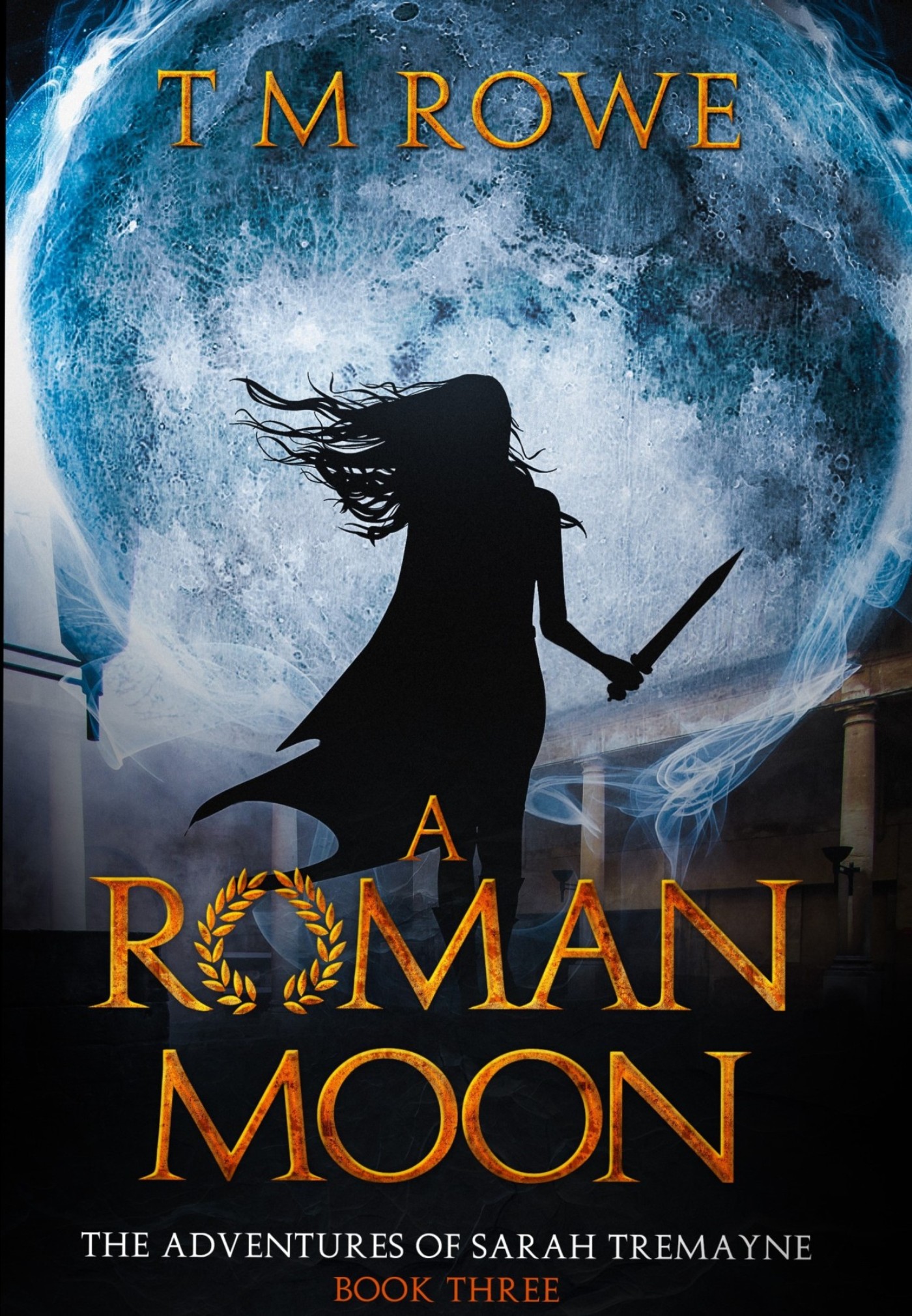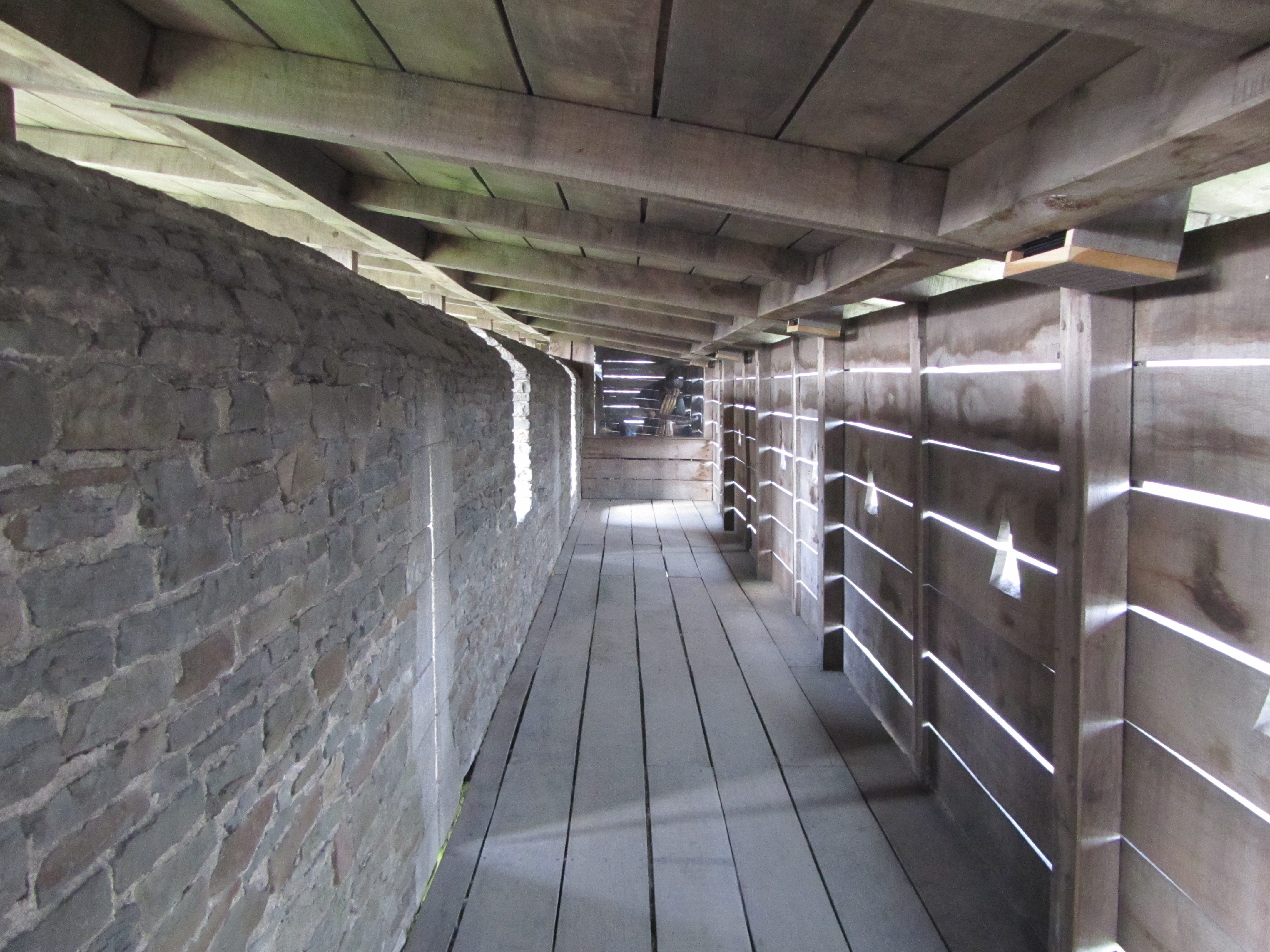As an Amazon Associate, I earn from qualifying purchases and as such some of the links in this blog are affiliate links. This means if you clink on the link and purchase, I get a small commission, at no extra cost to you. The items I have linked are always ones that I myself have enjoyed/read – all opinions remain my own.
July 2022, it’s hot, humid and even though only 10am the sweat is beginning to accumulate between my shoulder blades and in other unmentionable places. Not for the first time I am surprised at how hot it is in the city. Crossing the road in search of shade, I find myself greeted by the vista of St Pauls Cathedral, but this is not my destination, turning left I head for the Thames and the Millenium Bridge. Today, or at least for a couple of hours, I am joining a group of like-minded people to…mudlark.
I am early, really early, but it gives me time to watch – the river and the people – from a shady spot, which, thankfully, is tickled by an occasional breeze. Observing the tide as it slowly retreats, numerous wooden structures begin to appear, the remains of old jetties and the like can be seen jutting out of the mud. The Thames has been the lifeblood of London for more than two thousand years and although officially it was the Romans who first established a settlement here there were other inhabitants of the area throughout prehistory.



All of those people, have over thousands of years left traces of their lives on the foreshore of the Thames.
In the past mudlarks were group of souls who spent endless hours sorting and collecting useful debris from the mud to sell – it was an occupation for only the most desperate.
“The searched for pieces of coal they could wash and sell on the streets; rags, bones, glass and copper nails they could take to various merchants to recycle…sometimes the children would turn cartwheels in the mud for the amusement of onlookers, who would toss in a penny for them to find. It was a pathetic existence and just a step away from the workhouse.” (L Maiklem ‘A Field Guide to Larking’ 2021).
Nowadays, mudlarks have a much-improved reputation – the twenty first century mudlarks of the Thames foreshore scour the mud and debris for stories of the past. Bits of broken pottery, clay pipes pieces, coins, buckles, pins, tiles, bones and much more all tell the story of London’s history. Not the story of kings and queens but one of ordinary people whose voices are often lost to us but who can speak to us down through time via the bits and bobs they lost and discarded along the river.
As some may already realise, larking is one of my favourite activities – in NZ it is dressed up as beach combing and often consists of finding odds and ends of glass bottles and 19th/20th century ceramics if I’m lucky. So when the opportunity arises for me to become a mudlark for a few hours…well…what can I say…(actually I yelled, ‘here take my money!’)
At this point it is important to note that not just anyone can mudlark on the Thames foreshore and there are a number of rules and regulations to follow. Everyone who is involved in the searching and removal of objects from the foreshore has to hold a permit to do so. There are also exceptions as to where you can and cannot search, for example, the foreshore in front of Westminster is completely out of bounds (for obvious reasons). There are places where only certain permit holders can go and there are rules surrounding the digging/scraping of the foreshore. For more information on the rules and regulations look here.
For the casual visitor to London there are two ways to get involved mudlarking – get a day permit from the Ports of London Authority or join a mudlarking tour. The Thames Explorer Trust do daily tours and give you plenty of time on the foreshore to fossick. Needless to say, my foray into mudlarking was with the Thames Explorer Trust, as I found it to be the cheapest and easiest way to get involved.

Our guide for the morning was both knowledgeable and enthusiastic (and a fellow NZer!) She began the tour with a whirlwind introduction to the history of London and the types of artefacts we might find on the foreshore. Eventually, we were ushered to the steps that led down to the riverside. A few final words of warning from our guide (watch out for the wash of passing boats, no digging or scraping and don’t go past that point over there…) and we were left to our own devices.

Bent over, eyes on the ground, the rest of the world receded to a low hum in the background as bit-by-bit London’s past revealed itself. The broken stems of clay pipes were by far the most numerous artefacts, along with red bricks and roof tiles, pottery fragments began to leap out. At first the ubiquitous willow pattern and plain white sherds but then as I looked harder, the green glaze of medieval pottery could be seen. Animal bones were plentiful, some the remains of someone’s fried chicken dinner, whilst others spoke of the butcher and the resources needed to feed the people of London. Oyster shells told a tale of cheap and easy eats (in the past oysters were not a delicacy but a cheap foodstuff for poor people).



The above photos show just some of the things I spotted – in truth I kept forgetting to take photos, I was so engrossed. The first photo is of a roof tile, the nail holes can be seen on either side (I would like to think this was Roman but I cannot say for sure), second photo is the jaw bone of a pig and represents just some of the vast amount of bones found on the foreshore. The third photo is the sole of a leather shoe, age is undetermined but most likely Victorian – the Thames mud is of type which preserves organic remains very well. The fourth picture shows first a chicken leg bone, clay pipe stems and a small sherd of green glazed medieval pottery. The final photo is a close up of the medieval pottery sherd, note the quantity of terracotta brick and tile.
It was, simply, two hours of joy that flew by in seconds.
Please note, as a participant of the tour artefacts could not be removed from the foreshore; if you have one day permit you can remove artefacts but if you are travelling overseas, it is important to know that it is illegal to remove any artefacts over 300 years old from the UK. I would also like to stress that there are many laws around the removal of artefacts from any archaeological site (The Thames can be considered an archaeological site in its entirety) and it is up to the individual to know and understand these laws.
The following books are a good source of information regarding mudlarking on the Thames.
L. Maiklem (2019) ‘Mudlarking. Lost and Found on the River Thames’
L. Maiklem (2021) ‘A Field Guide to Larking – Beachcombing, Mudlarking, Fieldwalking and More.’
J. Sandy & N. Stevens (2021) ‘Thames Mudlarking. Searching for London’s Lost Treasures.’







































































































































